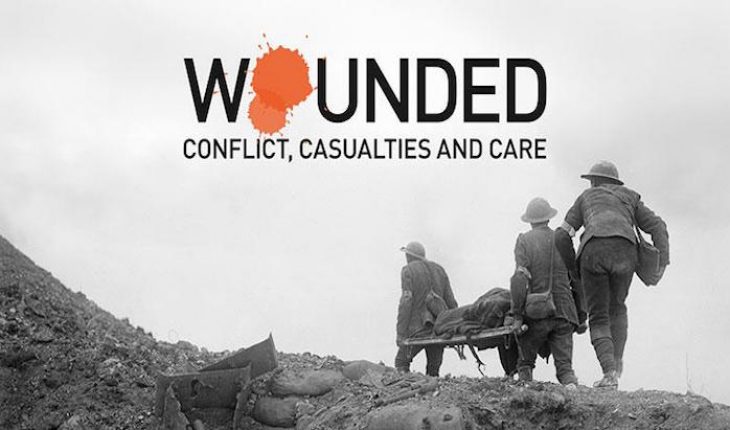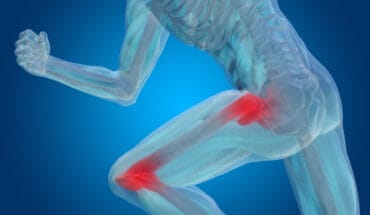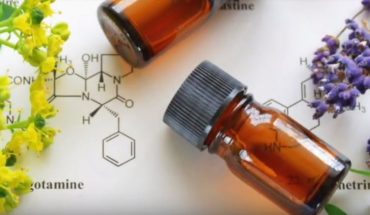On 29th June, a new exhibition ‘Wounded: Conflict, Casualties and Care’ opened at the Science Museum, London marking the 100th anniversary of the Battle of the Somme.
Wounded: Conflict, Casualties and Care draws from the museum’s collections to commemorate the 100th anniversary of the Battle of the Somme and explores the remarkable medical innovations in medical practices and technologies catalysed by this new kind of mechanised warfare. On 1 July 1916, the first day of the Battle of the Somme, British forces sustained a catastrophic 57,000 casualties, creating a medical emergency of unprecedented scale and severity, Wounded’s curator Stewart Emmens comments, “The Science Museum’s First World War medical collections provide a fascinating insight into the way medical practices and technologies were adapted and developed to cope with the unprecedented scale and severity of wounding between 1914 and 1918.”
Although warfare has changed dramatically over the last one hundred years, similarities remain with the military medical challenges faced today, both through the experiences of the wounded and in their treatment and care. The exhibition also looks at the longer-term impact of the war on the soldiers who suffered physical and psychological trauma and how the war led to many medical advances in surgery and psychology that are still relevant in treating injured soldiers in present-day battlefields. “Visitors to Wounded will have a rare opportunity to see important artworks from the period that help us understand the experience of the soldiers, including famous pastel drawings of facial injuries by Henry Tonks, from the Royal College of Surgeons, and a painting by John Lavery in 1914 that captures the arrival of the first British wounded soldiers at the London Hospital,” says Emmens.
The exhibition also focuses on developments in the longer term treatment and care of the hundreds of thousands of soldiers back home who had suffered life-changing physical and mental wounds. By the end of 1918, over 30,000 war pensions had been awarded for shell shock, a figure that rose dramatically in the years to come as the huge psychological cost of the war was recognised by military and civilian authorities. As exhibition visitors will discover, the post-war period saw the creation of new medical and welfare institutes and organisations and gradual improvements in the specialist forms of care and rehabilitation available. However, treatment and attitudes towards mental wounding varied greatly, with many returning soldiers reluctant to seek outside help or dependent on charitable support.
During the First World War, ten million people were killed, but double that number were wounded and millions were left disabled, disfigured or traumatised by their experiences. The challenges were immense. For medical personnel near the front line treating blood loss and infection was the immediate priority in order to save lives. However, medics also encountered new forms of physical and mental wounding on a scale that had never been seen before, creating huge numbers of veterans returning home with serious long-term care needs.
At the centre of the exhibition will be a remarkable collection of historic objects from the Science Museum’s First World War medical collections, illustrating the stories of the wounded and those who cared for them. From stretchers adapted for use in narrow trenches to made-to-measure artificial arms fitted back in British hospitals, medical technologies, techniques and strategies were pioneered or adapted throughout the war to help the wounded along each stage of rescue and treatment. Visitors will also see unique lucky charms and improvised personal protective items carried by soldiers on the frontline alongside examples of official frontline medical equipment.
The Wounded exhibition team has worked closely with two UK charities that were formed during the First World War, Combat Stress and Blind Veterans UK, to draw out these parallels and share the personal experiences of soldiers wounded in more recent conflicts.
Sue Freeth, Chief Executive of Combat Stress, said: “We are extremely grateful to the Science Museum for giving six of our veterans the opportunity to participate in developing the Wounded exhibition. They all developed Post Traumatic Stress Disorder (PTSD) after serving in Iraq and Afghanistan and have shown great courage in sharing their experiences with the Museum to create a personal display that represents their trauma. I believe the exhibition will raise awareness about PTSD and create greater understanding of the impact war can have on the mental health of service personnel.”
Wounded: Conflict, Casualties and Care (from 29th June 16 to January 31st, 2018 is free to visit); At the Science Museum, Exhibition Road, SW7,
The exhibition has been made possible by a £100,000 grant from the Heritage Lottery Fund, with additional support from The Eranda Rothschild Foundation.
www.sciencemuseum.org.uk/wounded
- People’s Choice Victory for Down’s Syndrome Scotland Garden at Chelsea 2025 - 28th May 2025
- Cadogan: A Chelsea Family By Tamsin Perrett - 3rd May 2025
- Dream Worlds a new exhibition in Cambridge - 14th December 2024






